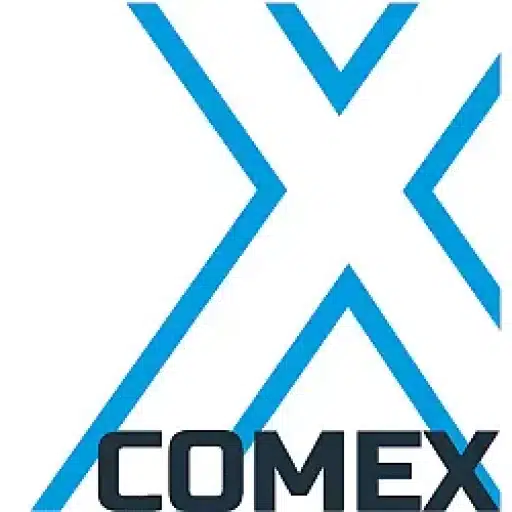+31 (0)43 30 88 400 | office@comex.eu

In a good choice of secondary storage, first of all, security plays a role. Again, we look at security at different levels.
Access Level
Access-level security is essential to be secure against data loss or manipulation by attackers or user error. Depending on the application, regular or even automatic snapshots and hardware-WORM protection are the right choice. Increasingly observed attacks by ransomware, for example, as well as deliberate or abusive attempts to delete data, are thus effectively prevented.
Hardware level
Hardware-level security is important to protect against data loss due to data carrier failure. This is achieved by copy or redundancy, so that a defined number of the data carriers used can fail without data loss. Hardware should be secure enough on its own; after all, you don’t want to have to back up a backup because you’re not sure.
System Level
System-level security is designed to protect against data loss due to total failure. When a system is no longer usable or accessible due to fire, water damage or theft, even the best technology no longer helps. These calamities can only be handled by replication to a second location. Usually this requires identical mirroring of the entire system; some systems also allow replication to a second data-level location. The advantage of data-level replication is obvious: both systems can be used as production systems at their locations and replicate to the other location each time.
Healthcare and ICT
Choosing good secondary storage is especially important in healthcare. At the Care & ICT Exhibition from March 12 to 14 at the Jaarbeurs in Utrecht, the Netherlands, we will provide extensive information and seminars to explain the four pillars for good choice. Using the button below, you can obtain tickets to the fair and register for one of the seminars!


